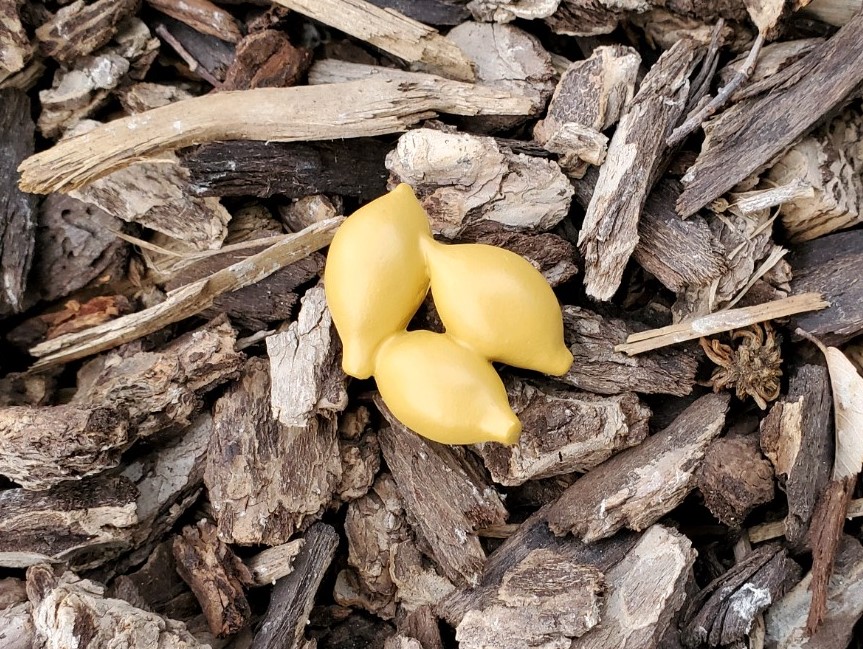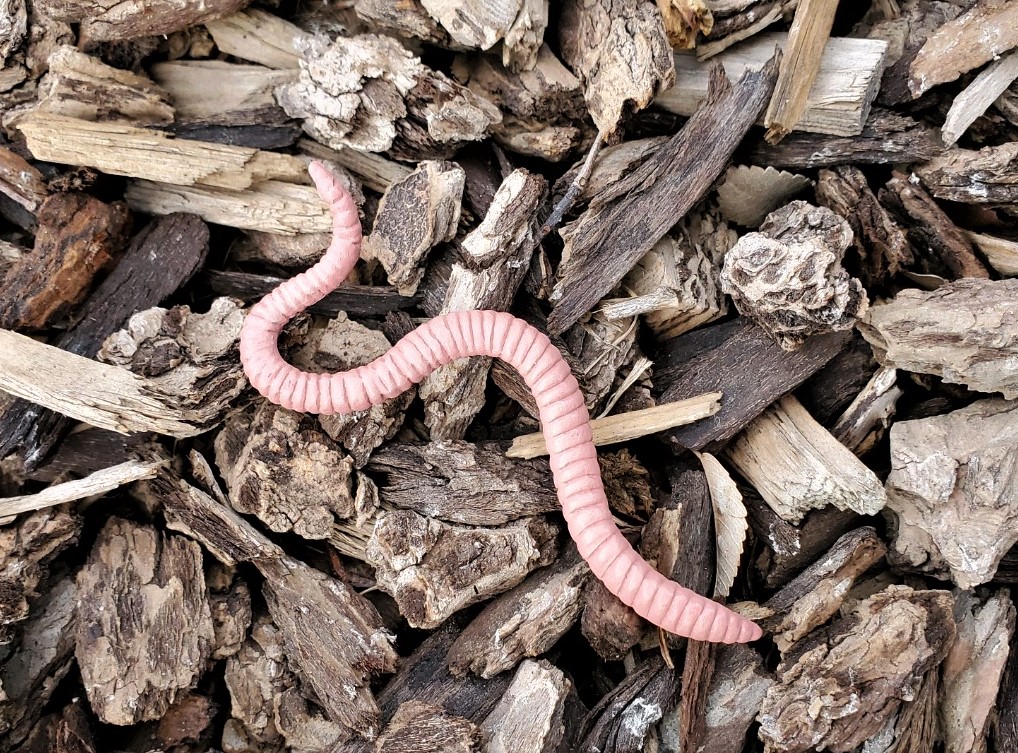Earthworms! Everyone is familiar with them in some capacity, whether they represent those vermiform creatures that come out onto the sidewalk after a rain storm, to your favorite bait used for fishing, to your garden partners in the compost heap, to the snack you see the robin plucking from the ground! Earthworms are a major component of the soil ecosystem, whether by aerating soil, creating nutrients through the conversion of organic material into humus, providing a food source for birds, reptiles, amphibians, moles, and other animals, or a number of other ways. For such a large and familiar group of animals, few companies have accepted the challenge of making them into toys. AAA and Bullyland made generic earthworms, and Kaiyodo made Metaphire communissima as part of the Backyard Creatures: Soil Organisms collection in their Capsule Q Museum line. Today we are looking at the Life Cycle of the Earthworm produced by Safari Ltd. in 2015 as part of their Safariology line. The earthworm was not identified to the species level, so for the purposes of blog tagging, I will be referring to it as Lumbricus, the type genus which contains some of the most familiar species.

Earthworms are hermaphroditic, and two worms fertilize each other. Copulation and reproduction are several processes, however, and an individual earthworm regulates the mixing of sperm and egg and can become the genetic mother of some of its offspring and genetic father of others. Some earthworms are parthenogenetic, meaning adults can produce viable eggs without reproduction.
For starters, let’s look at the eggs. Earthworms lay their eggs in capsules, as shown here, with each capsule containing a few to dozens of eggs, depending on the species. This cluster of three capsules is 3.5 cm long, with each capsule being 2.4 cm long. The average egg capsule in nature is roughly 3-4 mm long. They are bright yellow, indicating they were probably freshly laid.

The next stage shows two of the capsules, now mature and darker in color, each with a young worm hatching from therein. This figure is 5.0 cm long across its widest points. The worms are thread-like.

Next is a juvenile worm. The figure is 7.5 cm (not measured along the midline). The body is more robust, but it is still pale and lacks a clitellum.

Last is the adult worm. It is thicker, darker (with pigment in the anterior end), and has a prominent clitellum. It is now ready for reproduction to continue the cycle! The figure is 8.5 cm across its widest points, but measured along the midline it comes to 20.8 cm, which puts it in the scale of 1:1 for some species (the scale is species-dependent).

Overall, this life cycle is a great educational toy! I am sure it was produced with biology teachers in mind! However, it also makes a great piece (or four pieces, rather) for collectors of animal figures, or for parents of children who are inquisitive about the natural world around them! If you just want a single earthworm for your collection, I suggest the Kaiyodo figure, since it is smaller, well-detailed, and actually marketed at the species level.
Disclaimer: links to Ebay and Amazon on the AnimalToyBlog are affiliate links, so we make a small commission if you use them. Thanks for supporting us!



